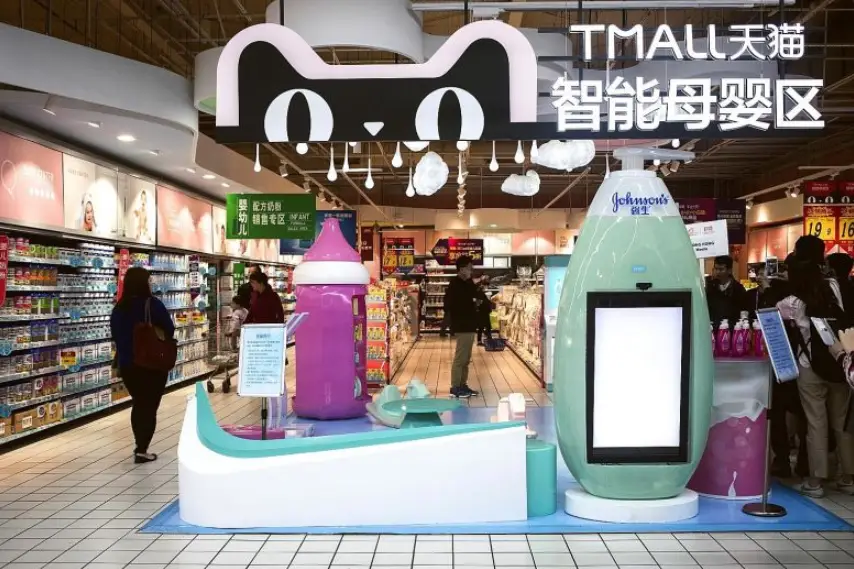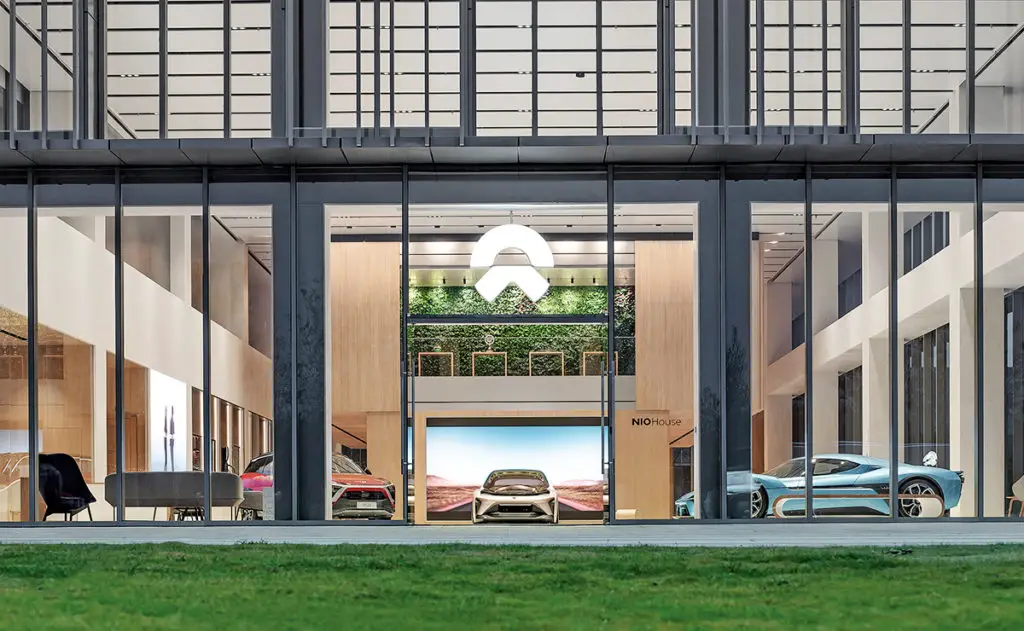
From facial recognition payments to super fast delivery and even in-store childcare services, there is a lot that Western countries could learn from the ‘new retail’ concept in China.
Post Contents
‘New Retail’
The term ‘new retail’, coined in 2016 by Jack Ma, Alibaba founder, describes the future of retail in China. It’s a future focused on merging online with offline and creating customer-friendly experiences. Four years later, the concept has become an everyday experience in many thousands of locations across China.
But according to, Frank Quix, managing director at retail consultancy Ebeltoft Group, here in the Western world, we still think of offline and online as two distinct channels, whereas in China, they are simply seen as commerce.
“We start by either doing experience or convenience and it’s hard to combine them. It’s also how we approach customers. What we try to do is fulfil their needs in the best possible way. It’s based on function or on hedonism and we try to create formats that perfectly fit those needs,” Quix said.
“As soon as you start talking to a traditional retailer and they tell you they’re omnichannel, they want to prove it, so the first thing the CEO will tell you is their percentage of online sales. This would never happen in China because talking about online sales if you’re truly omnichannel doesn’t make sense.”
Frank Quix – Ebeltoft Group
Here are some of the biggest lessons that Western retailers can learn from their Chinese counterparts:
1/ Cards are dead and cash is out
At 98 per cent, China has the highest mobile penetration in the world, said Quix.
Only 9 per cent of all sales are done with cash and there are so many locations where you just can’t use cash. Most payments are done by WeChat Pay or AliPay.
Major retailer Suning has taken a step further, where customers can pay using facial recognition in their stores.
2/ Convenience is the name of the game
Major supermarket chain, Hema, promises ‘30 minutes within 3K’ – customers can have products delivered to them within 30 minutes if they’re located within 3km from a store.
Basically, physical store locations have turned into distribution hubs, said Quix. This is largely possible in China because the stores are located in dense cities and the average basket size is small, compared to the West, where most customers have a larger basket size.
3/ Whatever, wherever, whenever
As in Japan, vending machines are particularly popular in China. But it’s not just soft drinks and packets of lollies being sold. Quix described one machine he saw which sold fresh pizzas that you could actually watch being baked in front of you.
Havaianas is an example of one brand which uses vending machines in shopping centres to sell its thongs to customers on the go.
4/ Seamless frictionless AI
Personalisation is a buzzword that’s been thrown around a lot, but in 2018, Guess collaborated with Alibaba in China to create a truly bespoke in-store experience for customers.
The smart mirrors within the stores offer customers personalised recommendations and combinations based on the RFID-enabled products that they pick up within the store. The mirrors also direct customers to where other suggested items can be found within the store.
5/ The evolution of ‘brandshipstores’
Brands are now taking control of sharing their stories by creating immersive stores to fully engage customers beyond just buying the product.
There are six Starbucks Reserve stores around the world. These are a combination of shop, production facility, bakery and coffee bar. According to Quix, almost half the total sales are actually merchandise like coffee beans, not cups of coffee.

Another example is EV car manufacturer, Nio House in China. Their offering is a lifestyle. The vehicle is almost incidental.
Under the slogan “A space for Nio’s users and friends. A joyful lifestyle beyond the car,” Nio has opened 17 such ‘homes’ throughout China, with more planned this year.
The atmosphere is club-like with a living area and coffee bar. There’s a day care center you for children’s birthday parties. There’s a small stage for performances. And, of course, there are the company’s products on display.
This is how Chinese electric vehicle startup Nio hopes to engage with its customers, through carefully designed areas in branded stores. It’s all part of an ambitious plan by founder William Li to reshape what it means to be a lifestyle brand… the epitomy of Jack Ma’s ‘New Retail’.

“You can even leave your kids at the daycare there so you can visit the shopping centre, come back for a coffee, then go home. At the same time, while you’re there, your car is being charged,” described Quix.
Extreme transparency
“Everywhere, people want to know the ingredients of products and where they’re made,” said Quix.
At Hema’s stores, you can not only scan QR codes on products, but also on the live fish swimming in tanks, where you can find out when and where the fish was caught and read tips on how to cook and prepare it. From there, customers can select which fish they’d like to eat and inform the salesperson, who will then send it to the kitchen to be cooked how the customer would like.
New levels of personal service
Live chat is something that retailers mostly use on their site, but at department store AS Watson, it’s also implemented in-store to help customers navigate their way around. It’s a particularly helpful tool for retailers with many locations, as it can be difficult to offer staff with extensive knowledge on all store floors.
At AS Watson, customers may be chatting to an avatar through live chat, but they’re still speaking to a human, rather than a robot. Interestingly, knowing that they were speaking to a person on the other side, the brand found that customers were much more forgiving if mistakes were sometimes made.
If you are retailing, we are now in an environment where customers expect more than the product if they are to pay a premium price. If you can’t deliver ‘an experience’, there’s always Amazon…
Parts of this post were originally published in Internet Retailing





